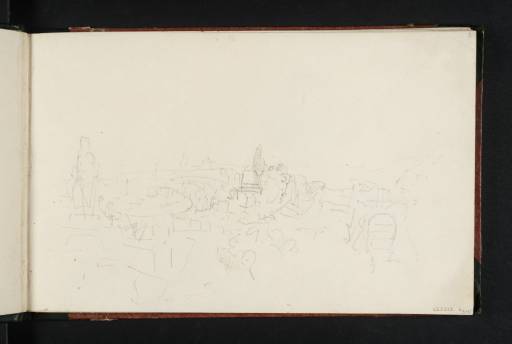References
How to cite
David Blayney Brown, ‘A Classical Composition c.1816–17 by Joseph Mallord William Turner’, catalogue entry, May 2011, in David Blayney Brown (ed.), J.M.W. Turner: Sketchbooks, Drawings and Watercolours, Tate Research Publication, December 2012, https://www


